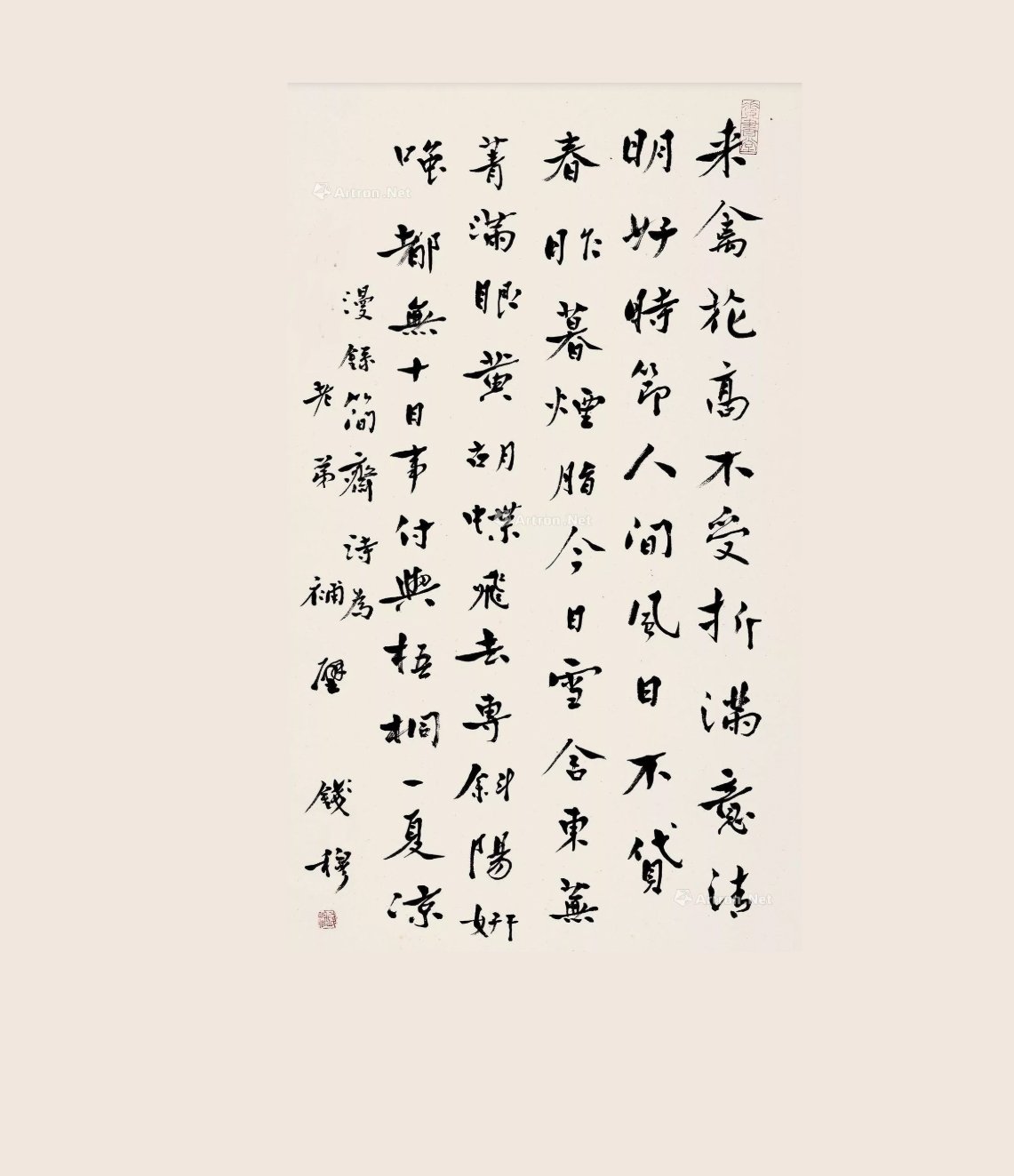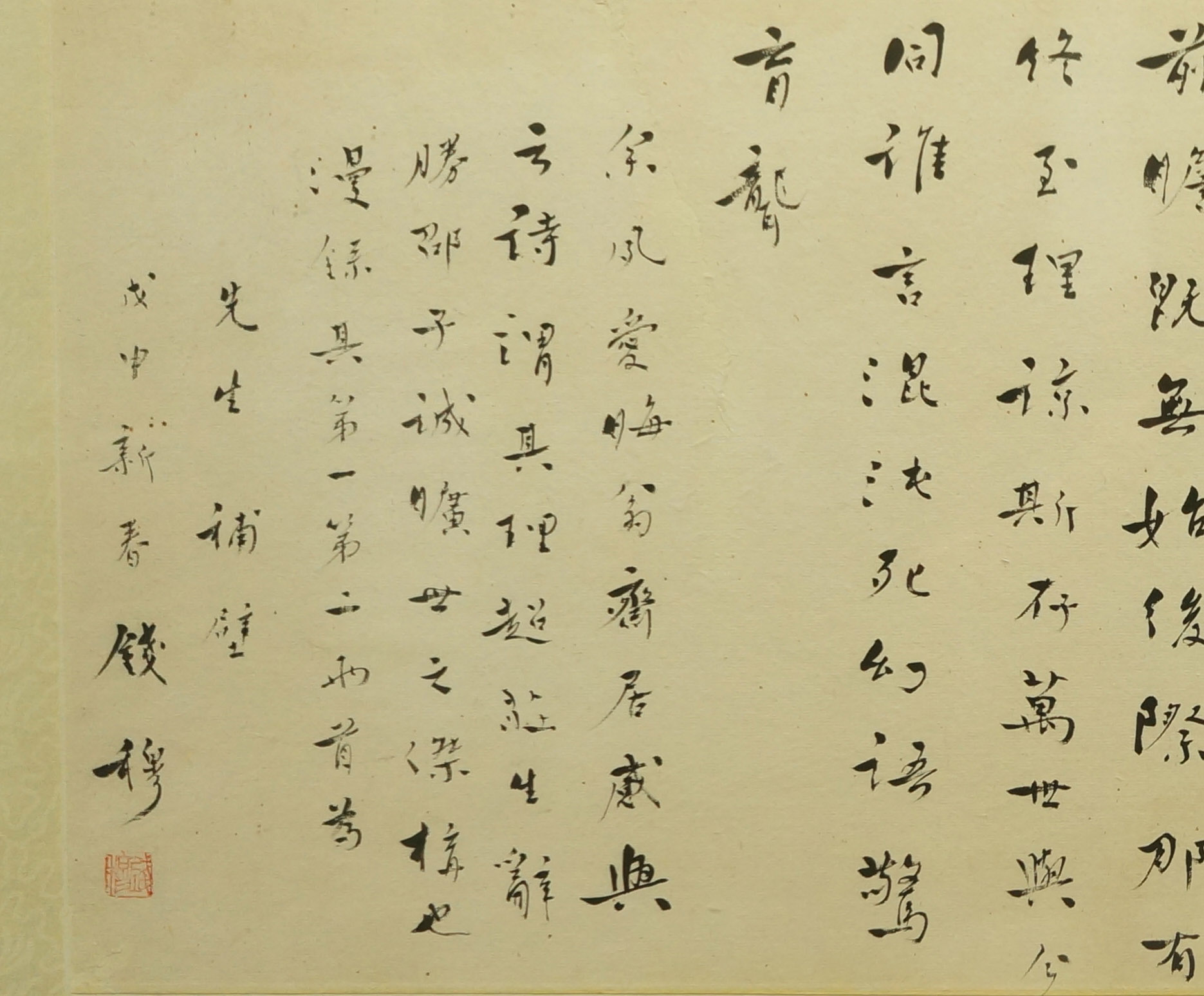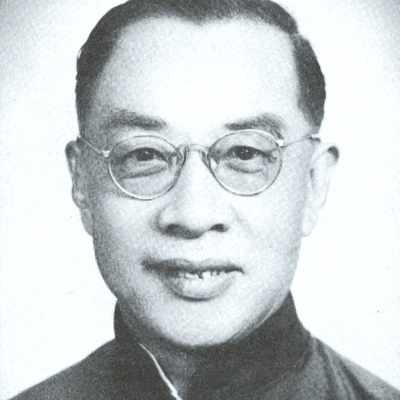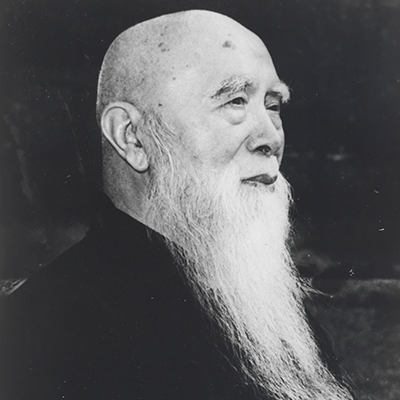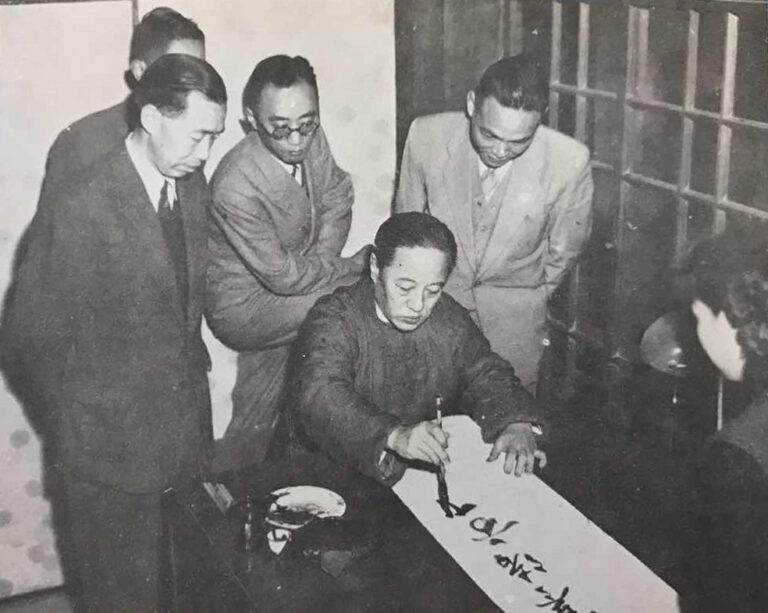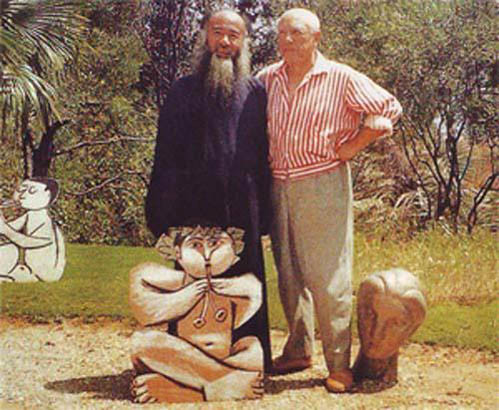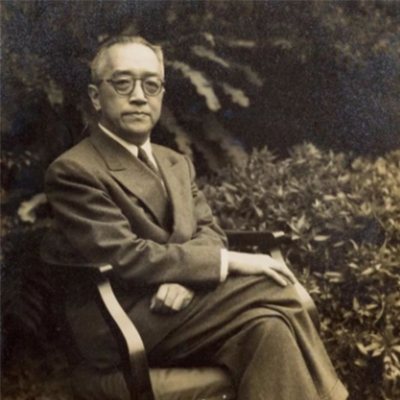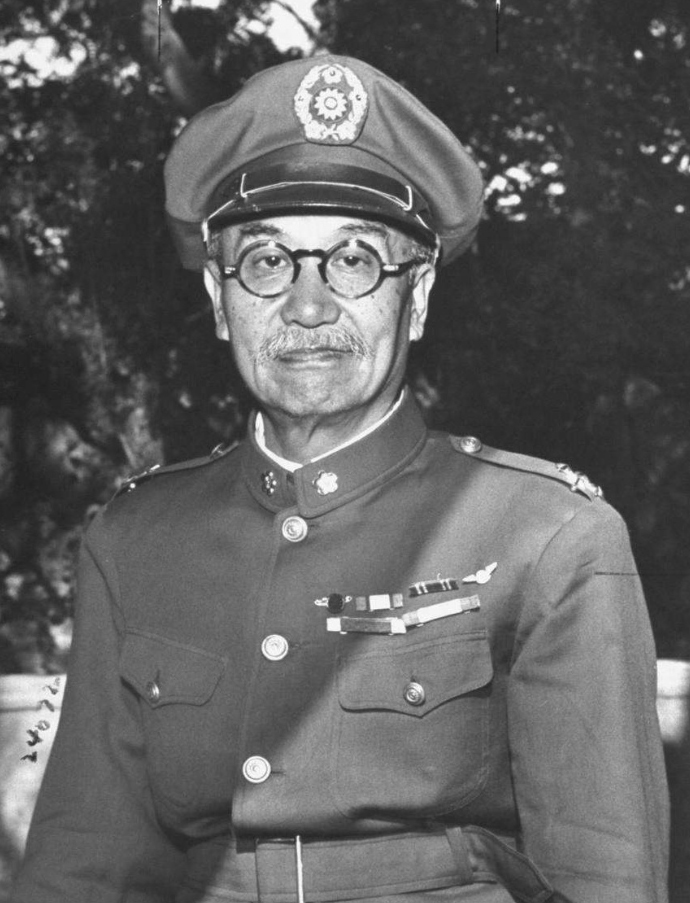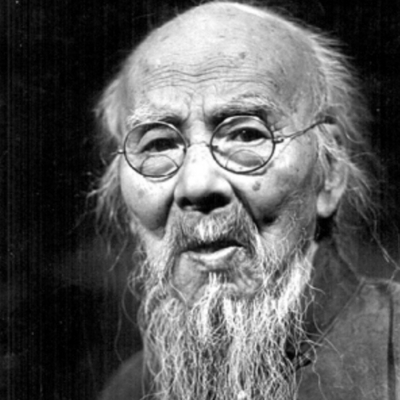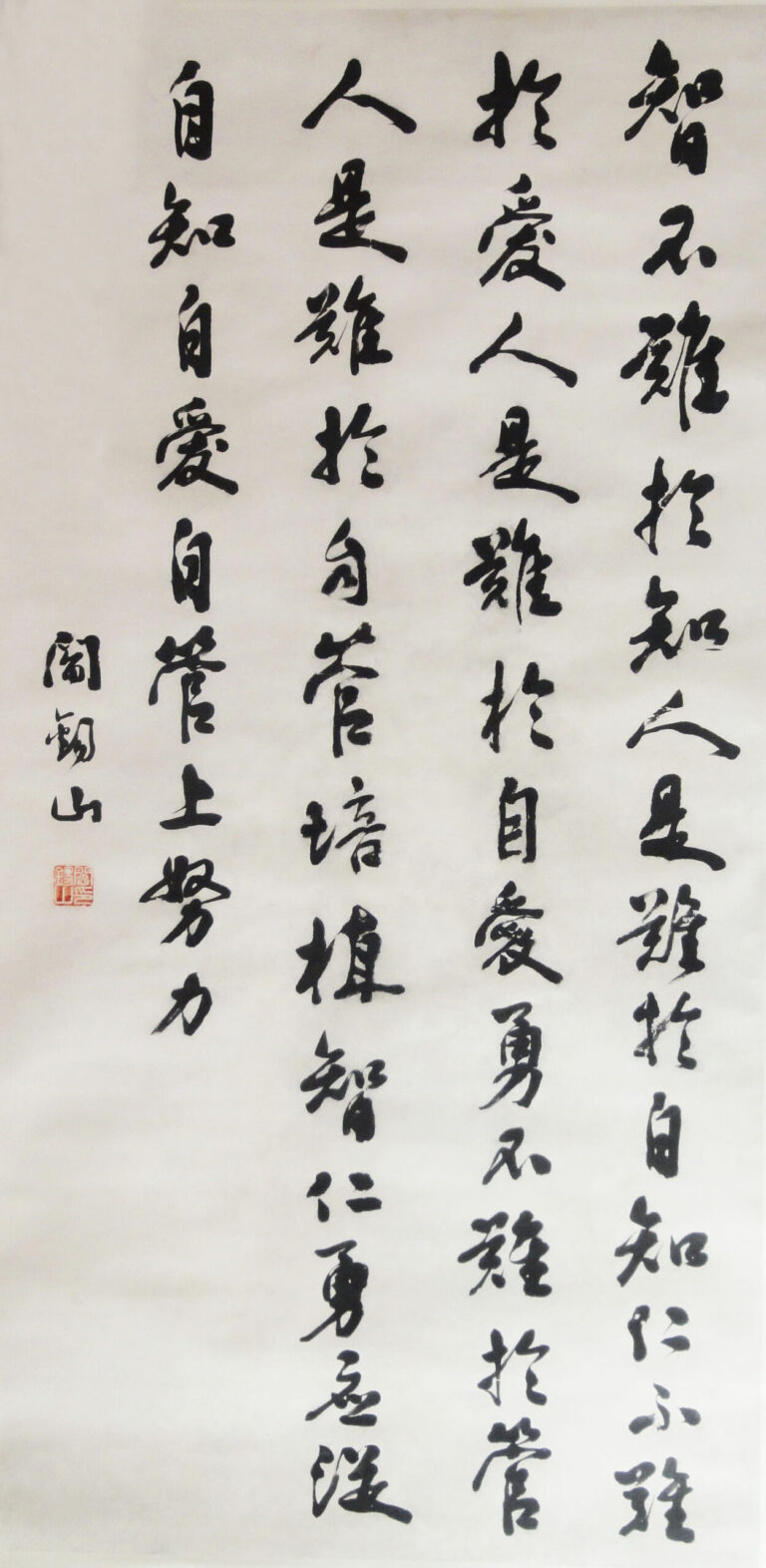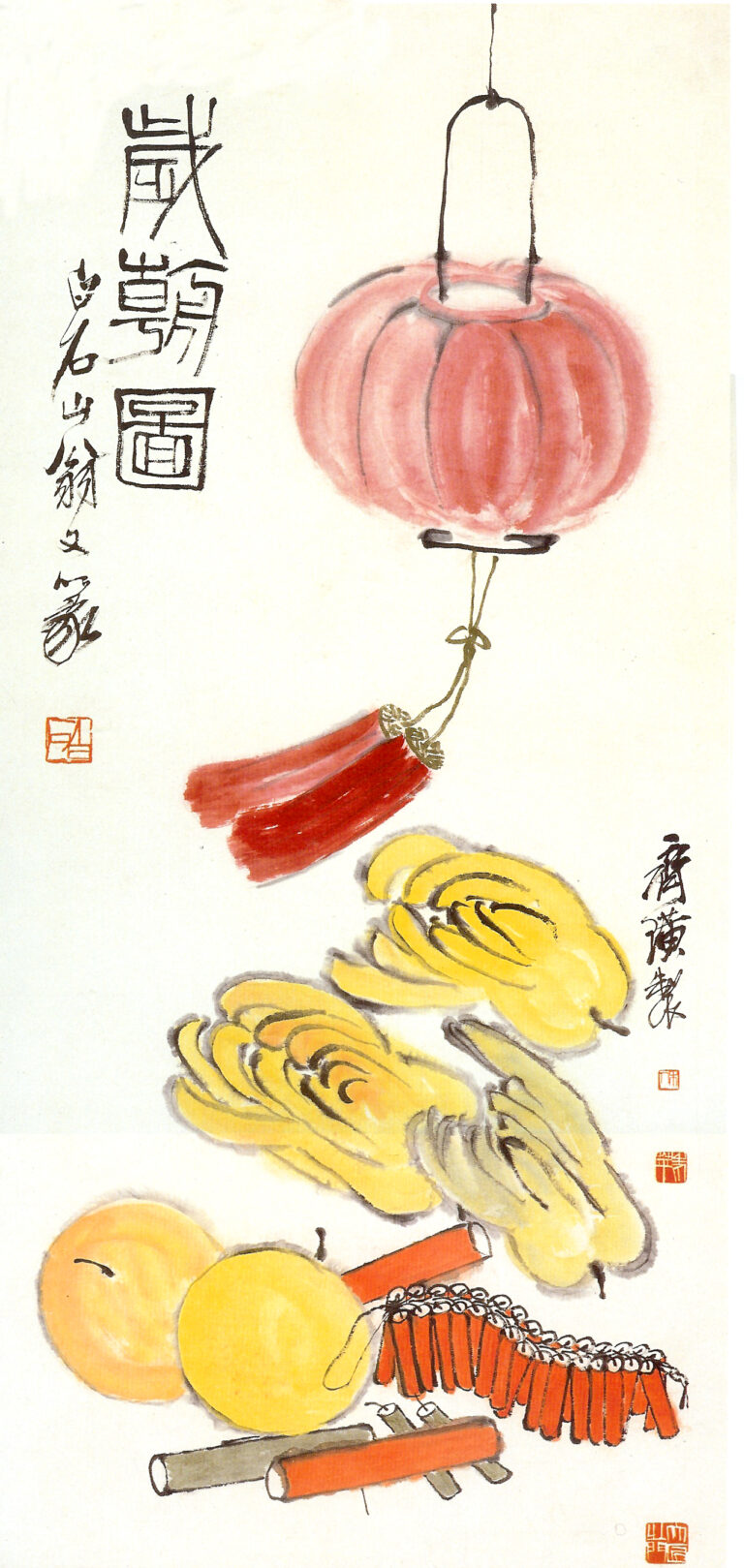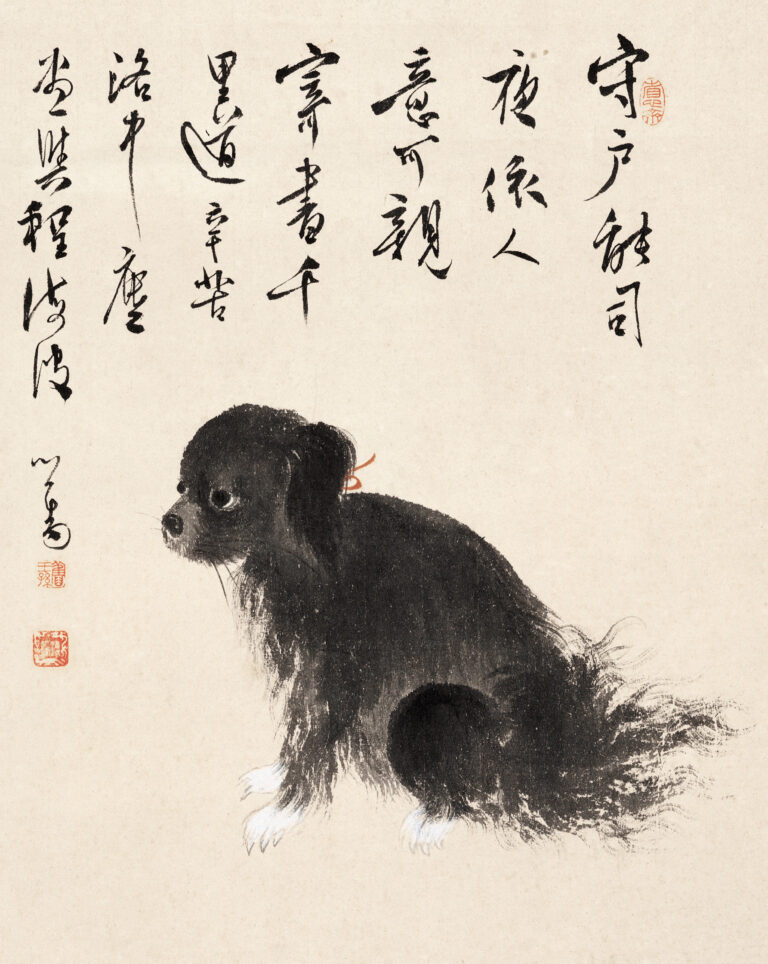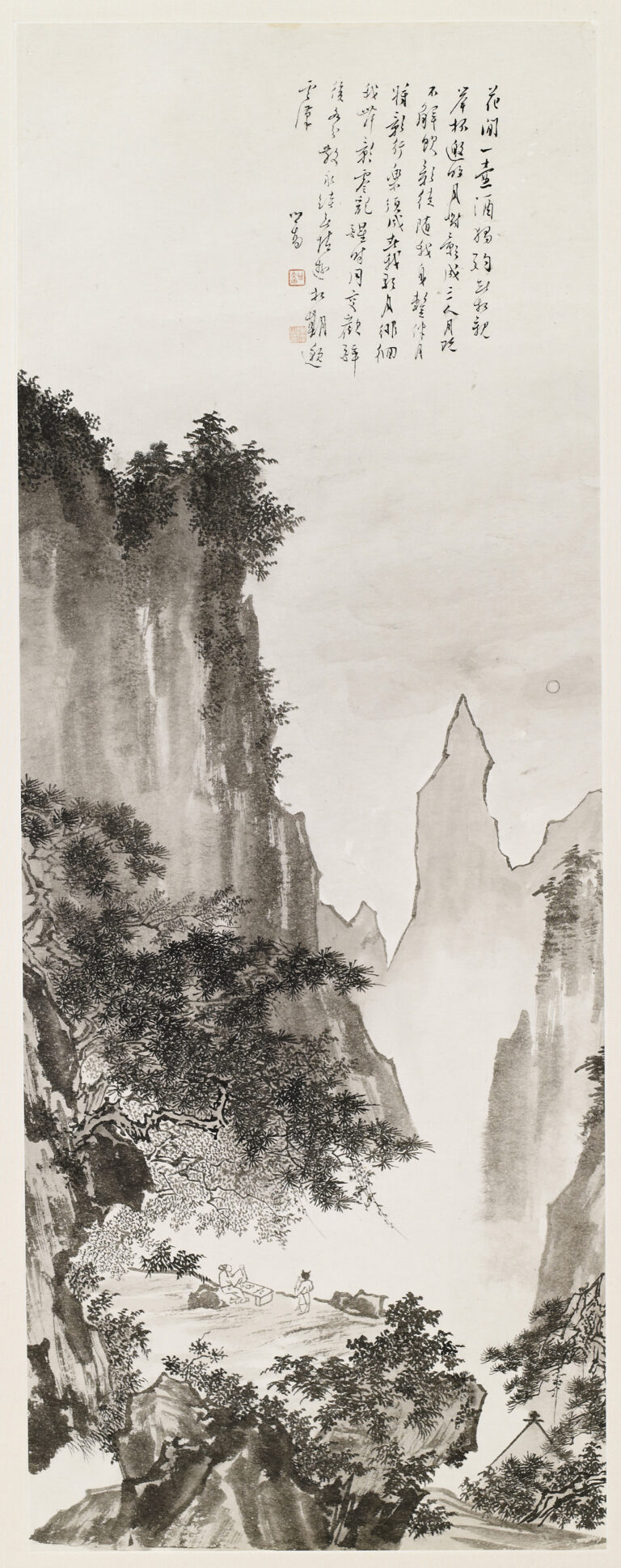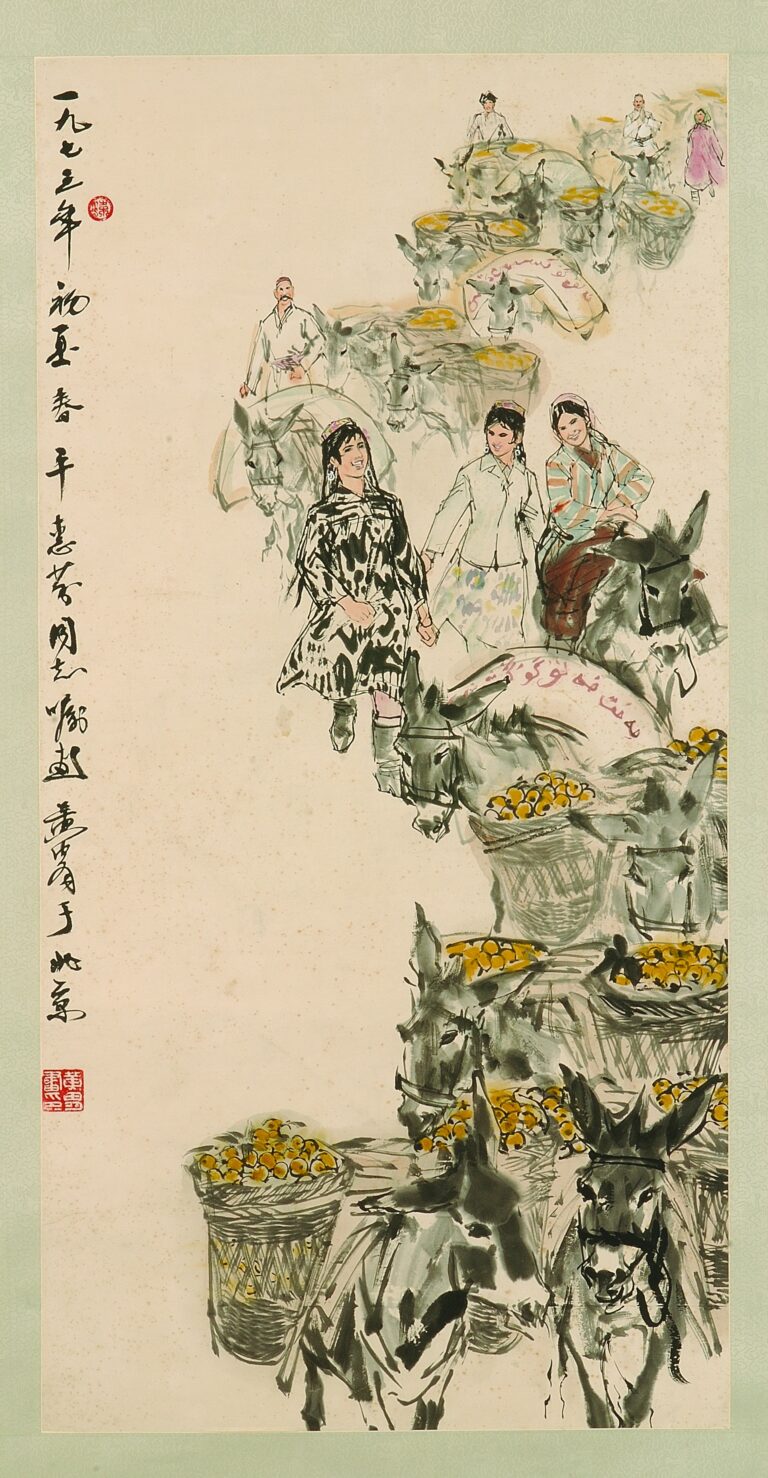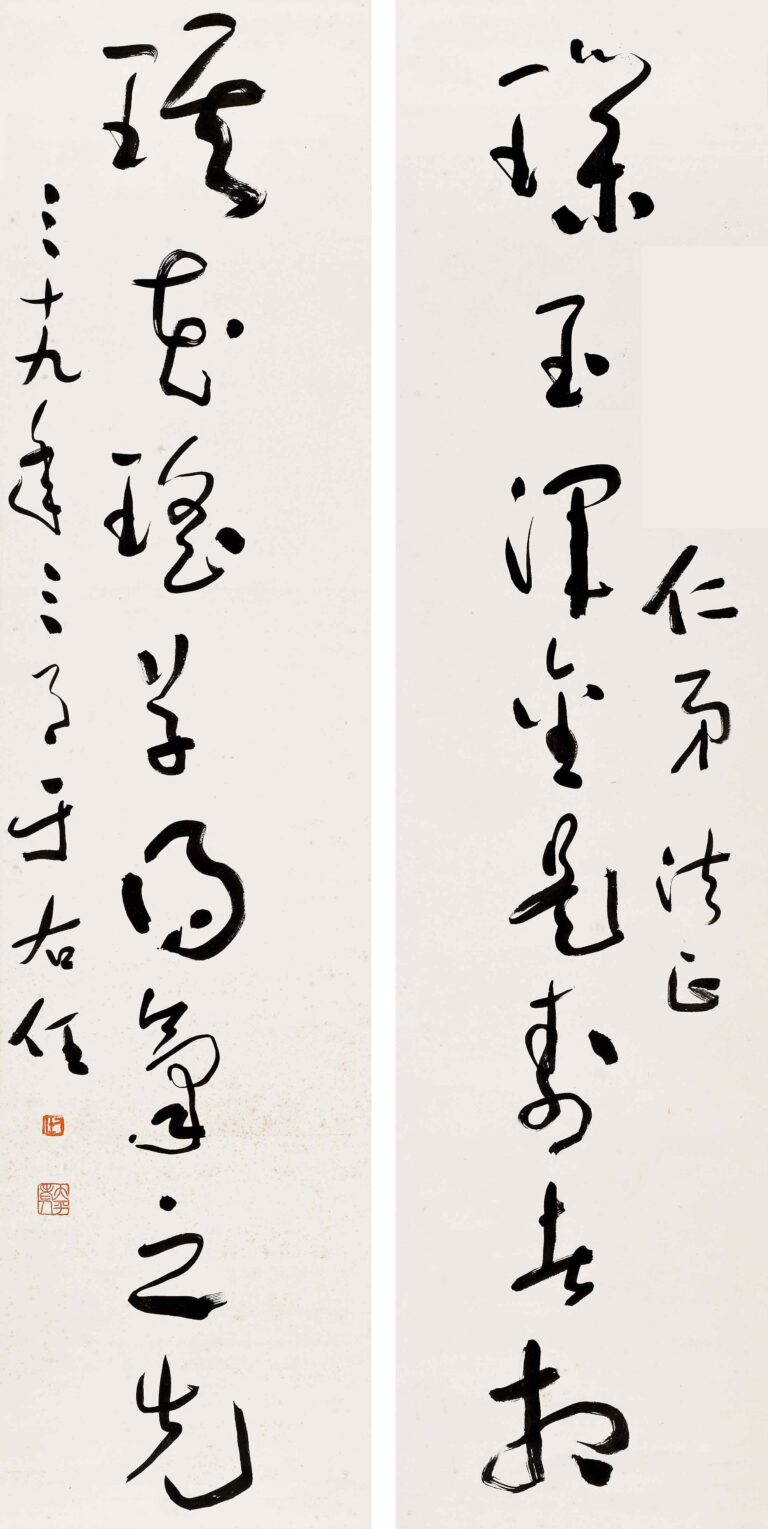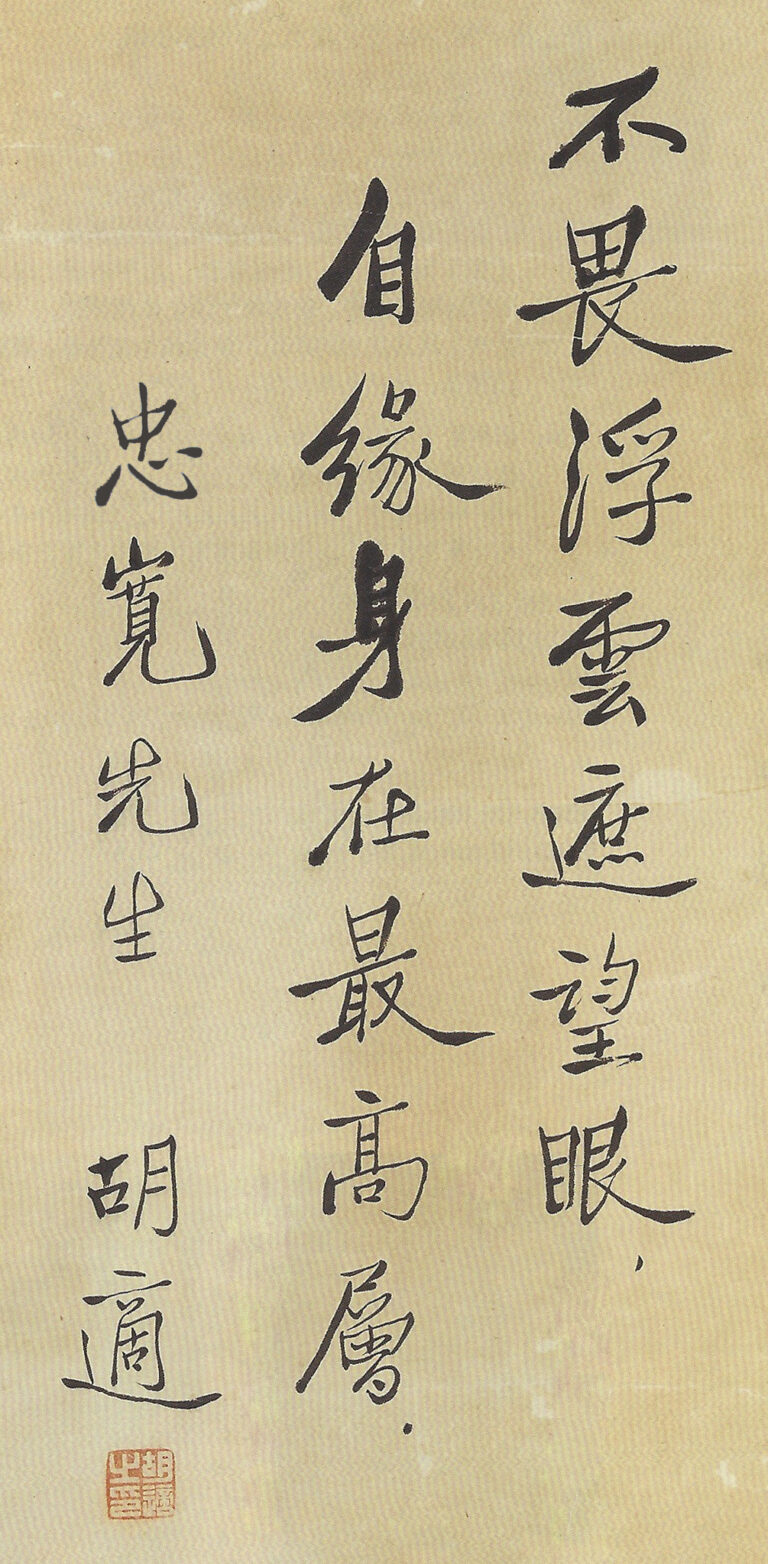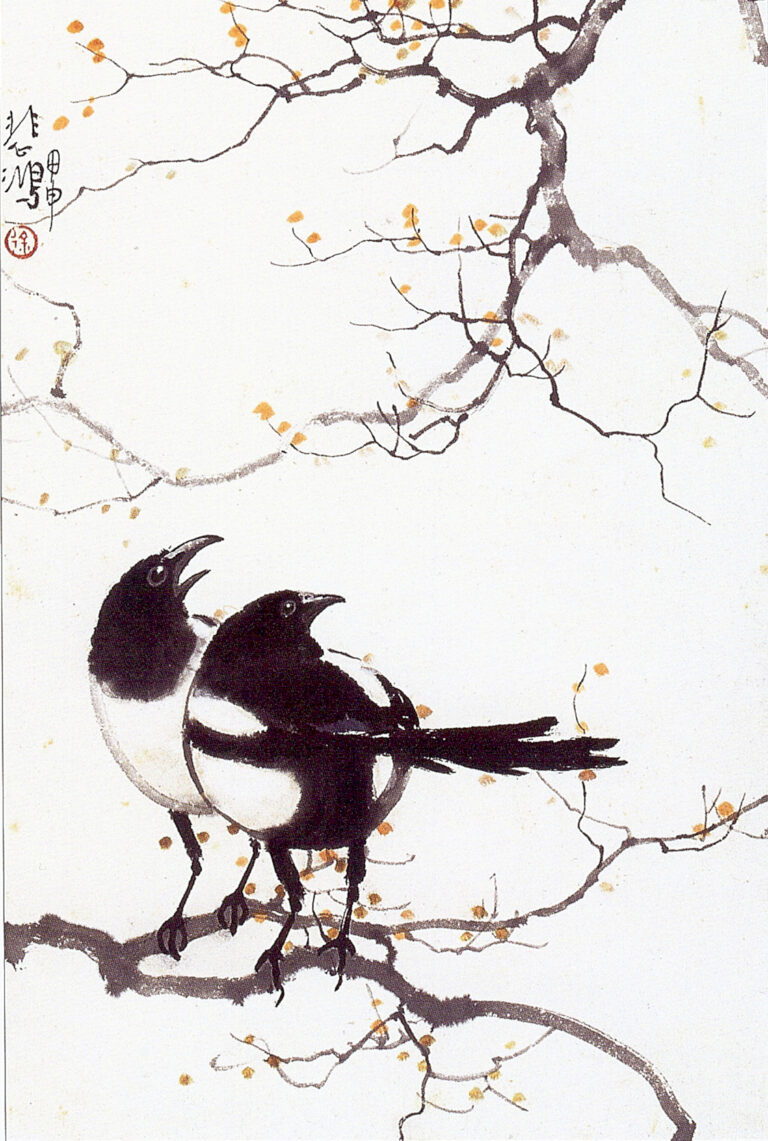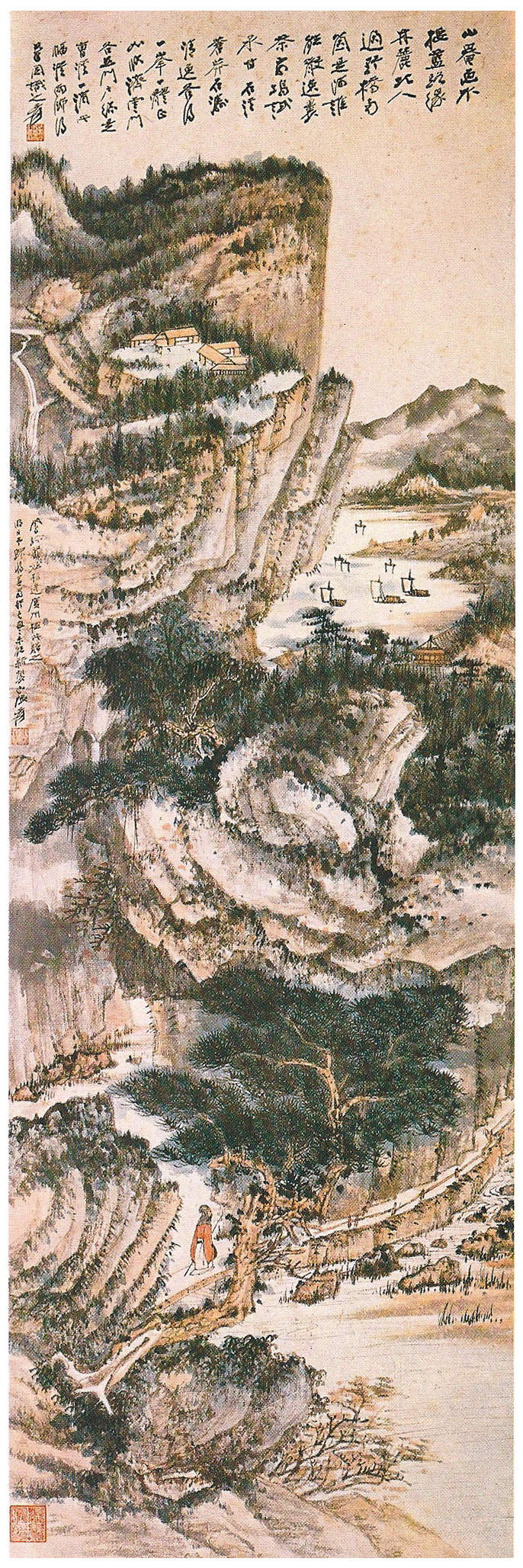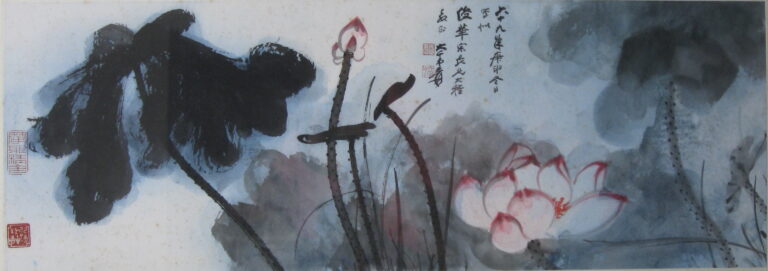1. Qian Mu's boyhood: the Cultivation of family Studies and the ambition of early Wisdom
Qian Mu, the character Bin Si, was born in Wuxi, Jiangsu in 1895. Although his family background is not prominent, he has always cultivated and read family heirlooms. When he was a teenager, Qian Mu was exposed to Wuxi's deep cultural and educational culture. He was talented and enlightened, and he especially liked reading. At an early age, he studied the four books and five Classics with his father and brother, especially history and classics, and laid a deep foundation of Chinese studies.
When he was young, he missed the Qingyun Road of the imperial examination system, but forged the perseverance of independent self-study in the chaos of war. Qian Mu said to himself: "I don't read for a day, and I don't pay attention to any book. "This kind of tireless ambition to learn laid the foundation for him to continue his studies in the future.
2. The cry of the first test: Academic Setting Sail and Economic and Historical Governance
At the end of the 1920s, Qian Mu had already relied on his reputation for self-study and lecturing, and was hired by Wuxi Normal University and a number of colleges to give lectures. In 1930, he published an important academic paper "The Chronology of Liu Xiang and Xin's Father and Son", which clarified the dispute between the classics of the Han Dynasty and ancient literature and modern literature, and attracted the attention of the academic community.
The following year, he was hired to teach at Yenching University and immediately transferred to Peking University. During this period, he completed the far-reaching masterpiece "Academic History of the Past Three Hundred Years", systematically combing the context of academic development from the end of the Ming Dynasty to the Qing Dynasty, correcting the biased style of "demeaning science and advocating research" at that time, and showing his deep skill in "combining history and history".
3. Serving the Country with Education: Southwest United Nations University and Xinya College
During the War of Resistance, Qian Mu moved to lecture at Southwest United Nations University, West China University and other schools. In turbulent times, he has always taken education as his ambition, teaching courses such as ancient history, Qin and Han Dynasties history, and political system history. The classroom is simple and elegant, and the students are like spring breeze.
After the war, Qian Mu returned to his hometown of Wuxi and served as the dean of the School of Arts of Jiangnan University. Later, he went to Hong Kong to found Xinya College and served as the dean to promote the educational concept of "Chinese culture as the foundation" and adhere to the cultural roots. He once said: "Education has no borders, but culture has a home. "This kind of cultural consciousness has become his lifelong persistence.
4. Settling in Taipei: Thinking and Pen and Ink in Su Shu Lou
In 1967, Qian Mu settled in Wushuangxi, Taipei, and built his own "Su Shu Lou". The name of this building comes from the "Book of Poems": "Suyi Zhu Wukong, Congzi Yuwo. "It means "simple and conservative, obsessed with learning." In this quiet place, he has been cultivating, lecturing, and writing, and has achieved his amazing inheritance of "seventy-five years of teaching and more than seventy monographs".
Qian Mu is known for his penchant for painting and calligraphy. In addition to the mountains of scriptures and history books, the Su Shu Building is also covered with banners and ink from his own books. He often uses calligraphy to transcribe poems and texts for his own entertainment, or occasionally makes flowers, birds and landscapes, all of which are of high antiquity interest. In the study, between pen and ink, the literati feelings and cultural self-confidence of a generation of great Confucianism are fully displayed.
5. The art of calligraphy: you can see bone strength in simplicity, and you can be elegant and self-contained.
Qian Mu has been in the pool since he was a child, and his calligraphy has won the legacy of the Jin and Tang Dynasties, especially the rigor of the characters and the degree of rules and regulations. His regular script is dignified and simple, while his writing is free-spirited and lively. Experts commented: "The book of Qian Mu, the ancient masters are not muddy, the qi and bones are complete, and they are self-contained. 」
Between his brushstrokes, there is both the elegance of the Song people's scrolls and the strength of the Beibei, reflecting the elegant style of "a book is like a person". Just like his way of governing learning, it is not flashy or vulgar, but "spirit is seen in simplicity, and affection is seen in simplicity."
6. Painting feelings: the secluded and interesting interest of literati painting
Although he is not a professional painter, Qian Mu's sketches of flowers, birds and landscapes are all based on the "freehand intent" of literati paintings. His painting style does not seek likeness, pays attention to the interest of pen and ink, and pays attention to the literati temperament of "Danyu Mingzhi, tranquility and far-reaching".
For example, in his "Plum and Bamboo Sketches", the sparse shadows are slanted horizontally, and the ink color is dripping, showing its high standards and proud bones; another example is "The Bamboo Shadow Picture of Su Shu Lou", where the light ink is hidden, revealing a secluded and quiet mind. These works complement his academic temperament, are homologous to painting and calligraphy, and have the same charm.
7. Introduction to representative calligraphy and painting works
The following is a brief introduction to some of Qian Mu's masterpieces of calligraphy and painting, which are also treasured by future generations.:
- "Running Script Banner"
The handwriting is steady, the chapters are strict, and the atmosphere throughout the article is simple and elegant, which shows his rigorous style of governance. - "Self-written Poetry Manuscript"
The five-character ancient poem written by Zi Shu has a strong pen, and the flowing clouds and water are full of bookish breath. - "Plum and Bamboo Sketches"
Light ink and freehand, quiet and refined, just like his "high standard of self-preservation" in his discipline. - "Su Shu Lou Ji"
The running script is taken from the meaning of Susushulou. The structure is rigorous, the strokes are calm, and the lines show the mind of the old age.
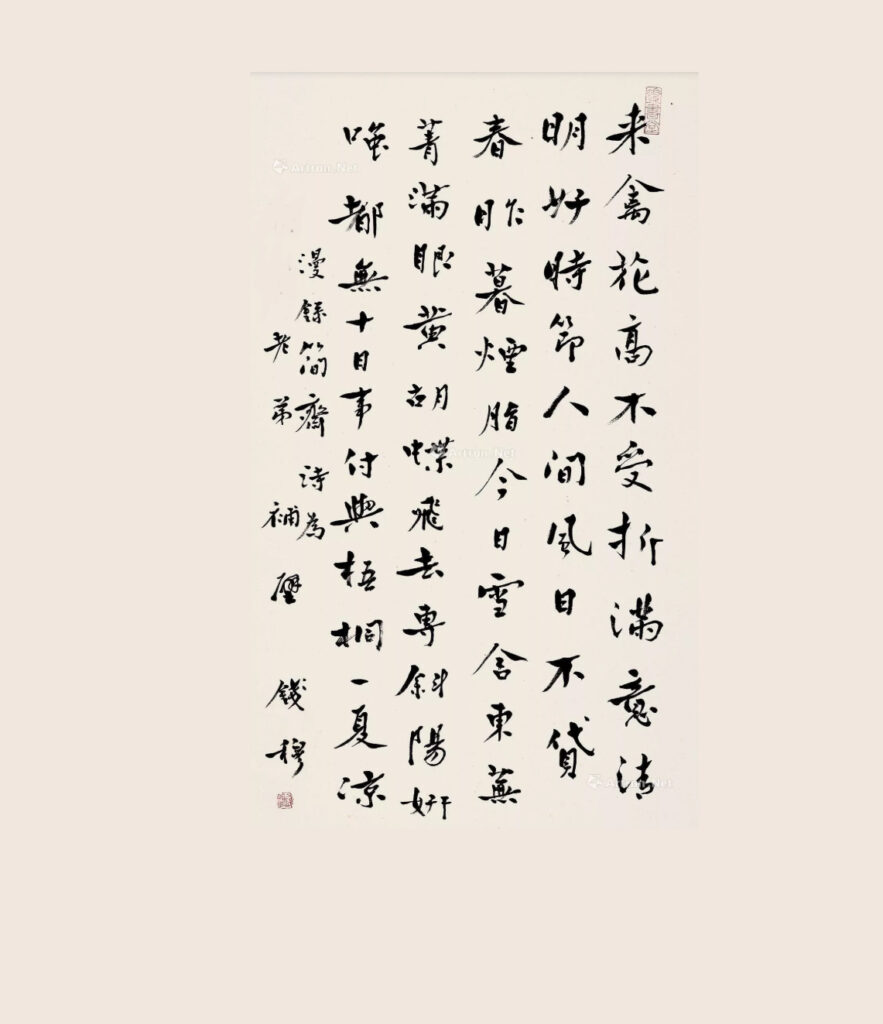
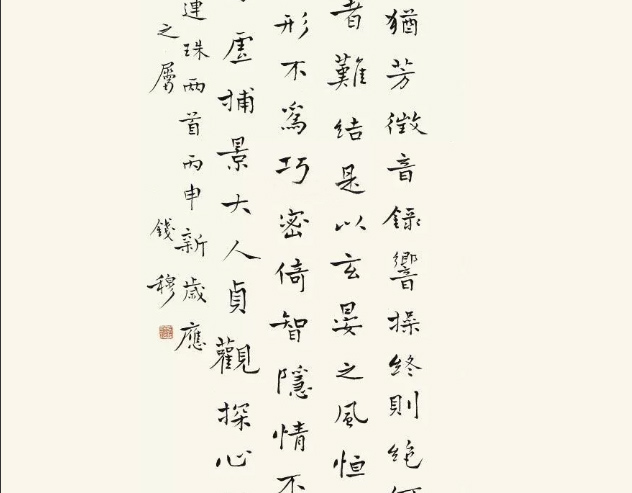
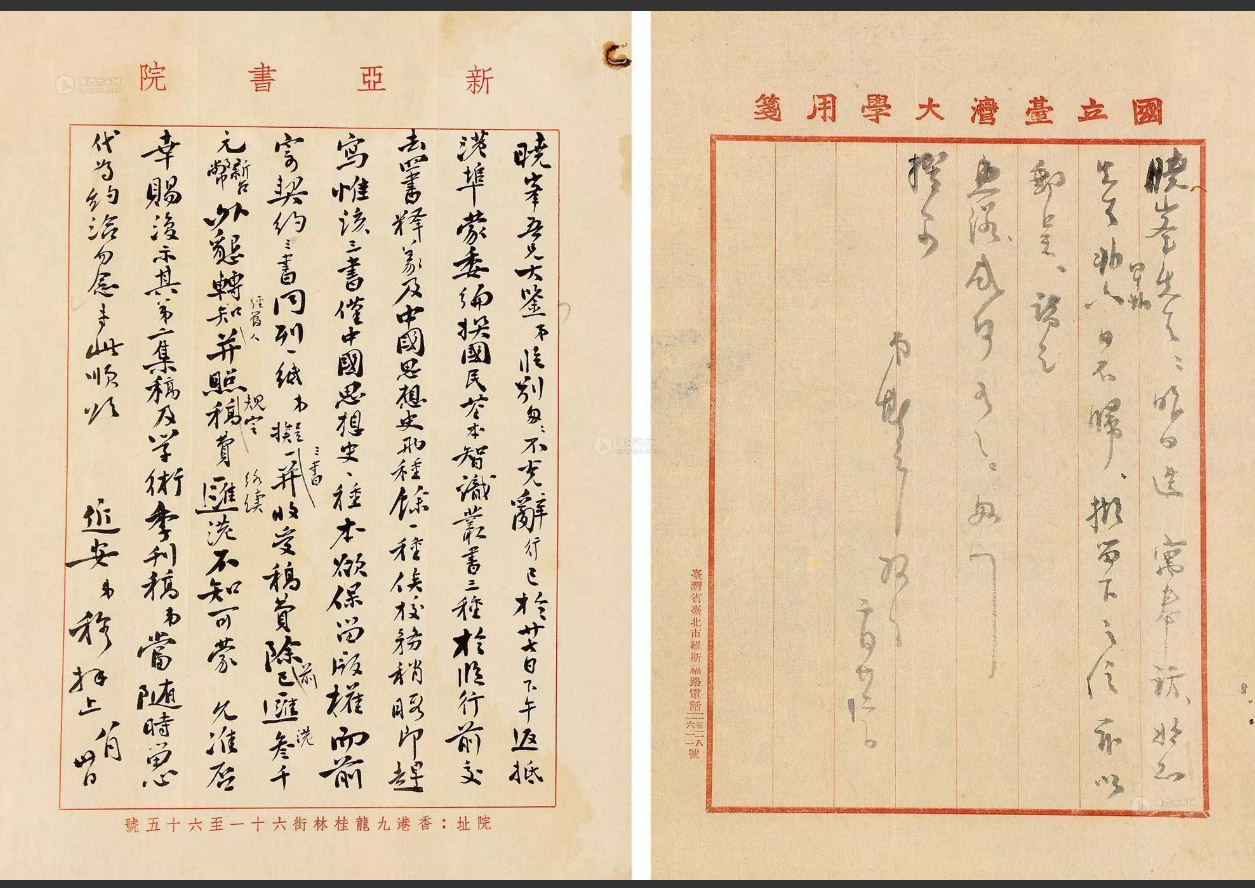
8. Cultural Mission and Masterpieces of Historiography
Throughout his life, Qian Mu always promised himself a cultural mission. He once said: "Academics should be the life of the nation, and culture should be the soul of the country. "This belief runs through his more than 70 monographs, especially the following are the most influential:
- "Interpretation of the Four Books"
Insightful interpretation of Confucian classics, concise text and unique insights. - "The Year of the Pre-Qin Dynasties"
The systematic examination and revision of the sons of the pre-Qin Dynasty laid the foundation for the study of pre-Qin thought. - "Commentary on the Classics of the Two Han Dynasties, Present and Ancient Texts"
Comment on the present and ancient literature and classics of the Han Dynasty, rigorous in theory and grand in spirit. - "Academic History of China in the Past Three Hundred Years"
Sort out the trends of academic thought since the end of the Ming Dynasty, and reflect the insights of historians from ancient and modern times. - "Late Learning Blind Language"
In his later years, he was a masterpiece of 600,000 words, with simple writing and deep thinking.
These works are not only Qian Mu's lifelong efforts, but also a precious portrayal of the academic spirit of modern and modern China.
9. Old age: the eternal style in indifference and calmness
In 1986, Qian Mu completed "Late Learning Blind Language", summarizing his life's learning and thinking with a peaceful and simple pen. Qian Mu died in Taipei in 1990 at the age of 95. His life spans the late Qing Dynasty, the Republic of China and modern times. He is not only a pioneer of academic reform, but also a watcher of Chinese cultural traditions.
As the student Yu Yingshi said: "Mr. Qian has been recruiting souls for his hometown all his life. "His pen and ink, scrolls and Danqing are all witnesses and protectors of this cultural hot land.
10. Conclusion and sincere invitation: Collection of Qian Mu's pen and ink style
Qian Mu is not only a giant of historiography, but also a model of literati in pen and ink Danqing. His calligraphy and painting are not only the residence of his personal soul, but also a symbol of the spirit of Chinese culture. These works, in the long history and art, exude a kind of gentle and firm power, enough to enlighten future generations.
Dehuatang sincerely invites the collection of Qian Mu's calligraphy and painting masterpieces to feel the affection and style of this academic master's pen and ink. We provide professional identification and high-price acquisition services to guard the pen and ink legacy of this cultural giant with you.
If you need to know more, please feel free to call or contact online to witness the eternal cultural style of Qian Mu's pen and ink.
Portfolio
